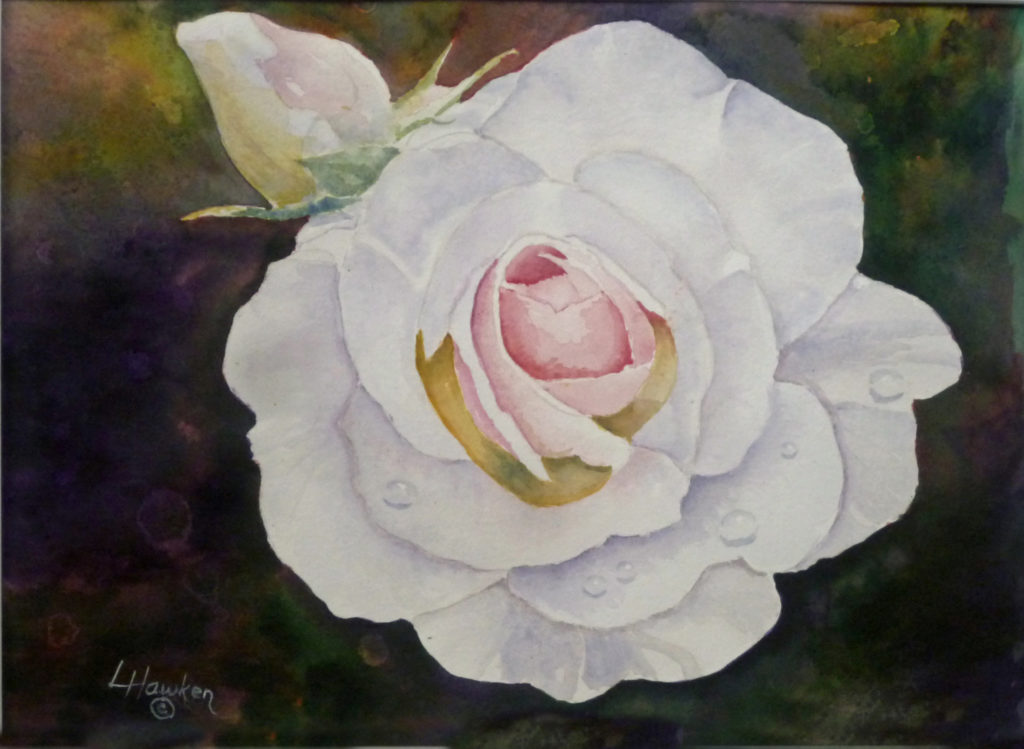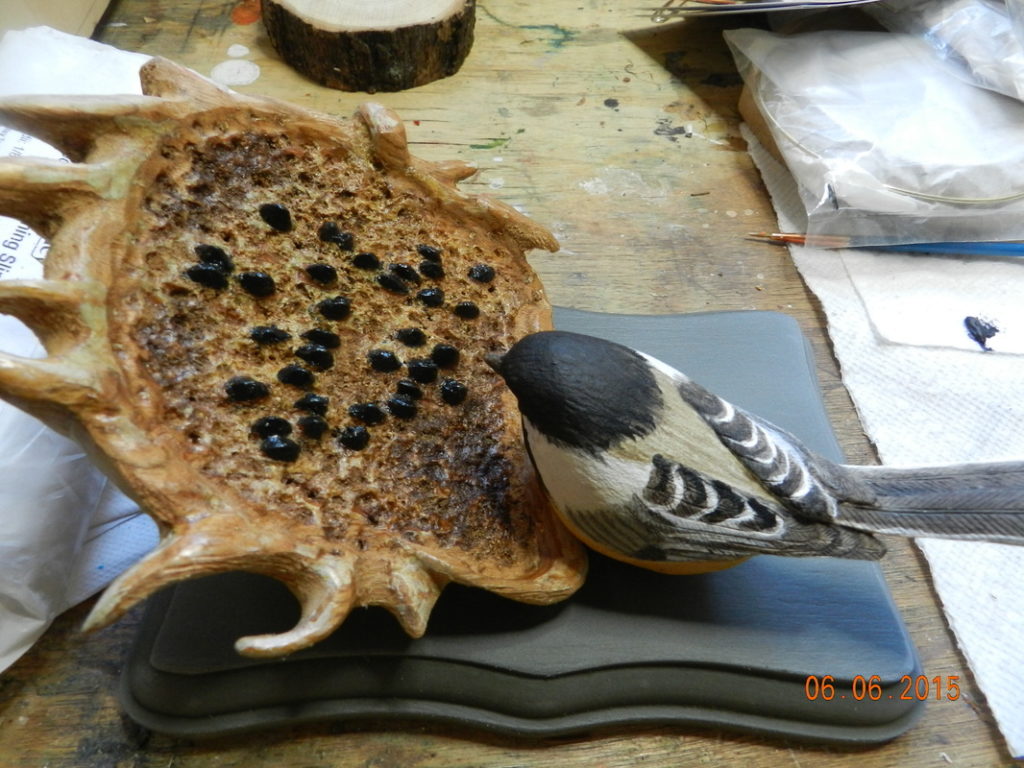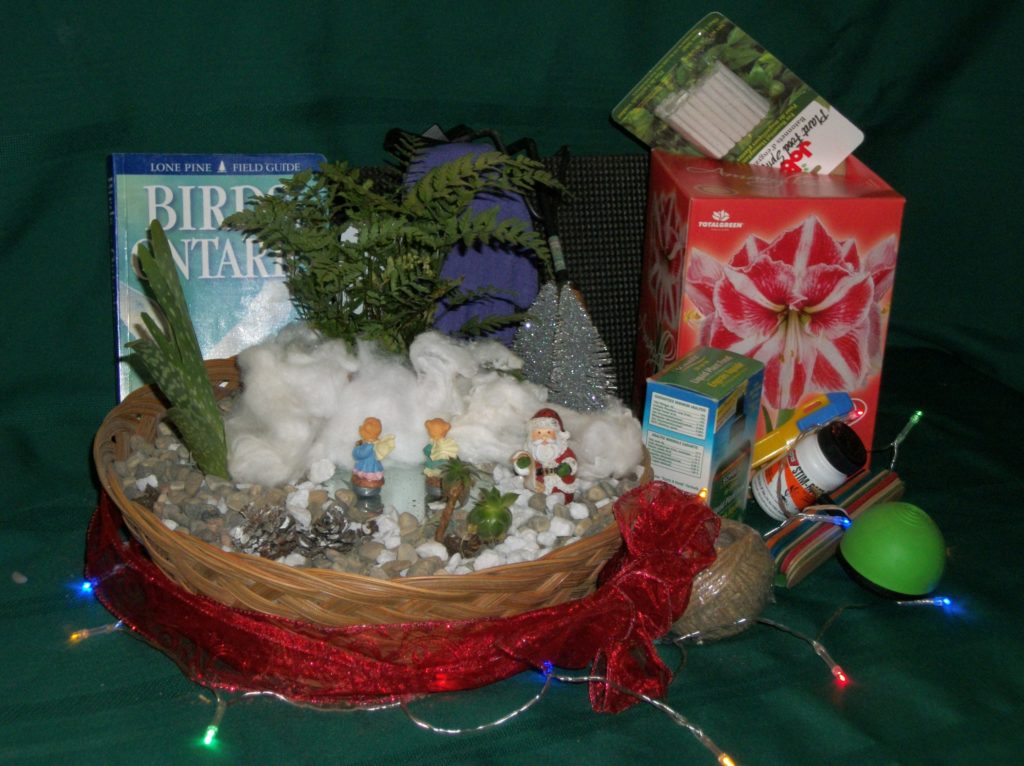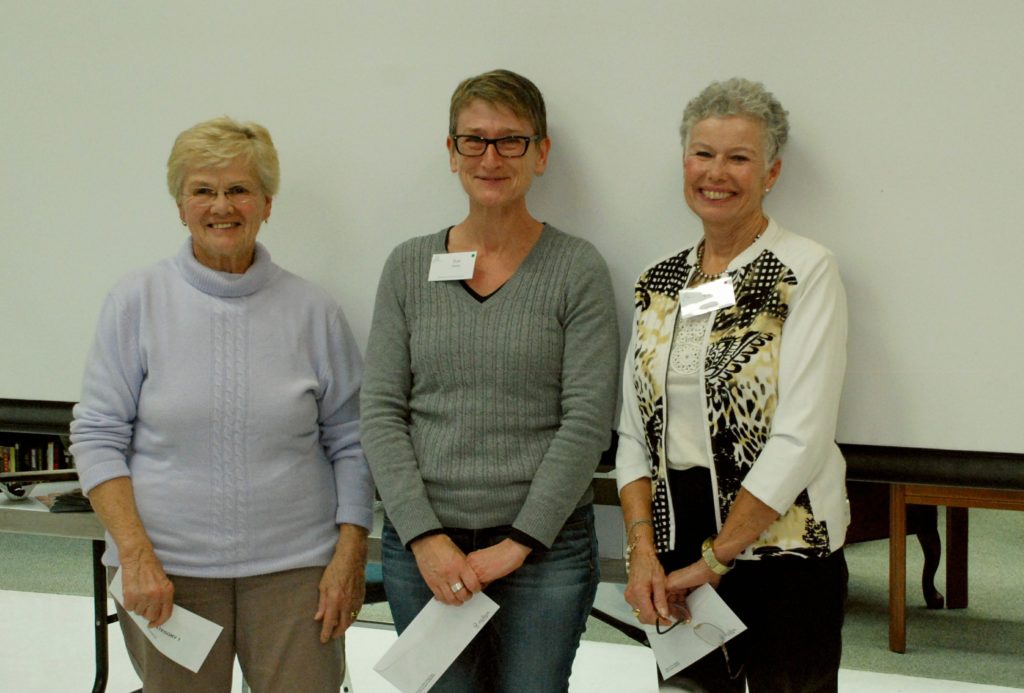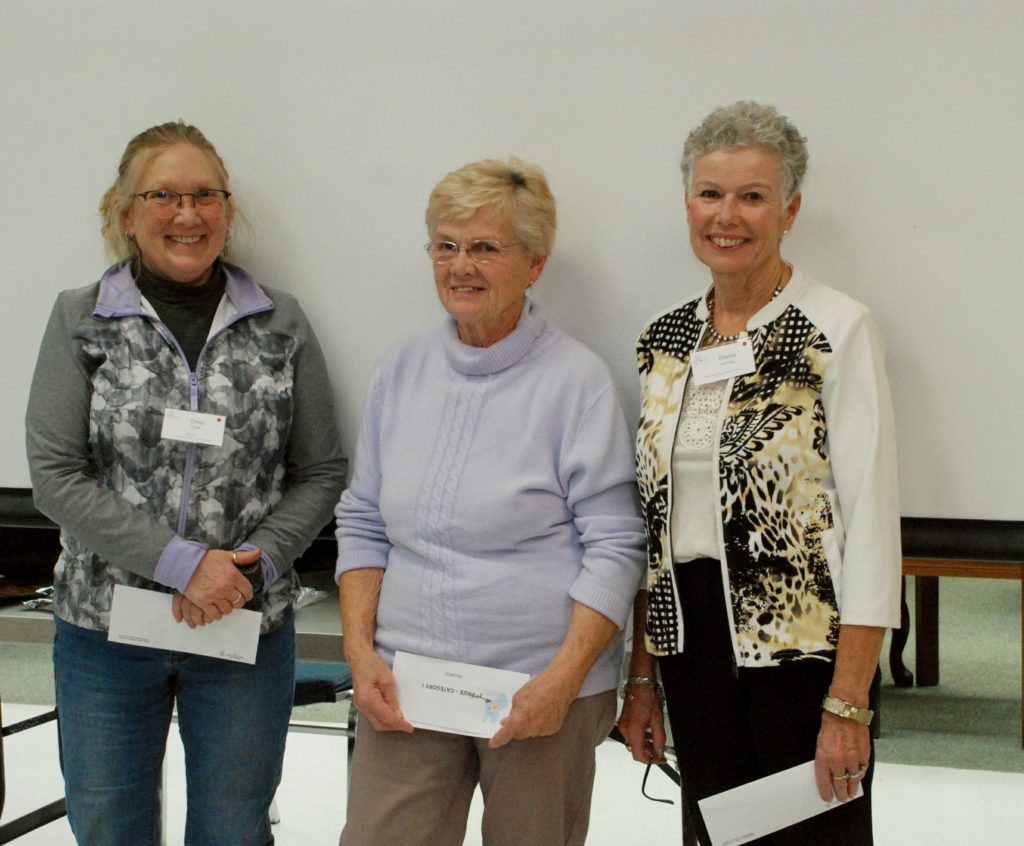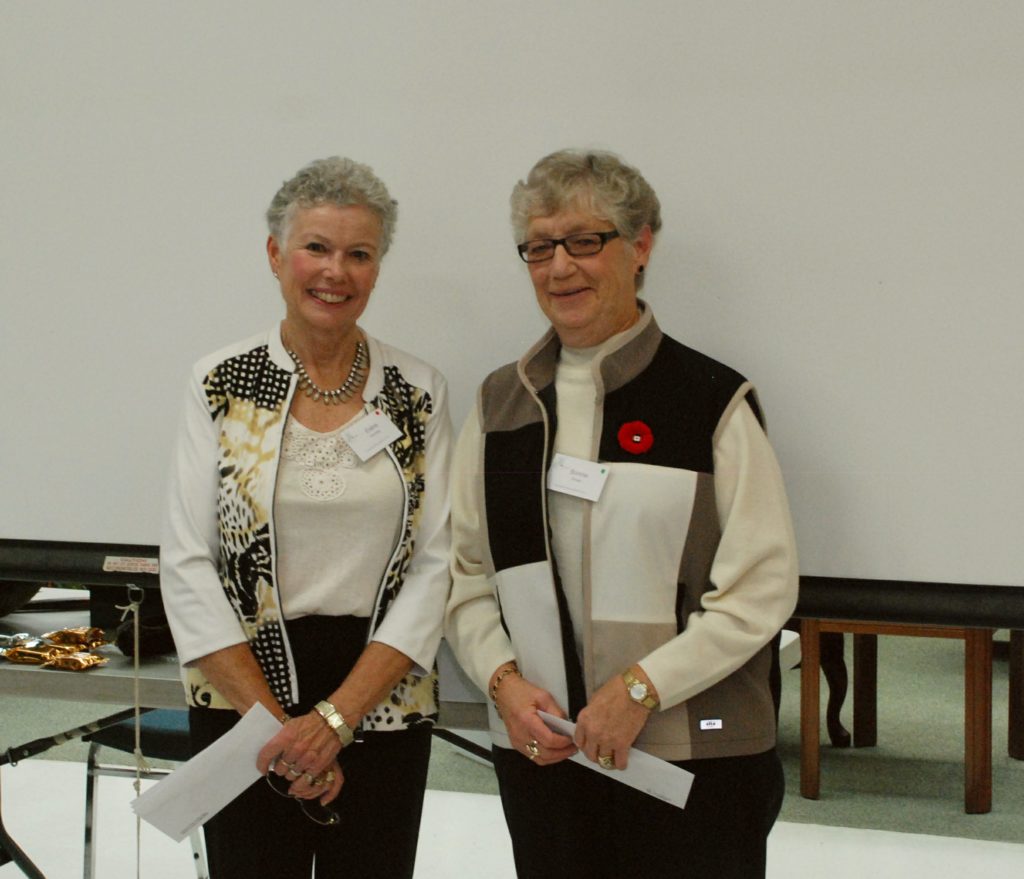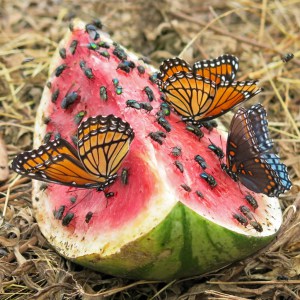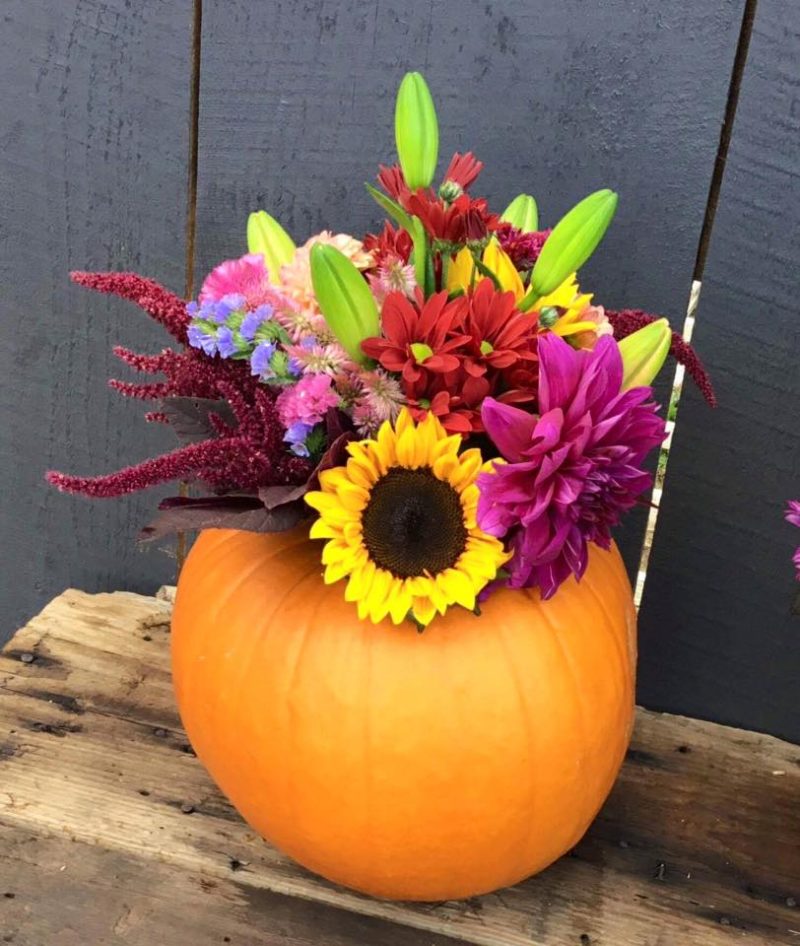It’s Still Just Dirt, The Tillsonburg News – November 2018
by Angela Lassam
We are very fortunate to live in an area where apples are readily available all year. They are one of the oldest and most versatile fruit found all over the world dating as far back as Adam and Eve.
Apple trees are easy to purchase at any nursery where you will find many choices suitable for your zone. After buying your tree plant it in an open space with plenty of sun. You will need to dig a hole 4’ in diameter and 2’ deep. Return some loose soil and place the tree in spreading the roots, add some more soil over them and firm down to avoid air pockets. Fill the hole leaving the trunk above the ground to the graft – a swelling where joined to root stock. Water frequently to establish the roots. When mulch is used round the tree pull it back for the winter to prevent mice chewing the bark.
There are many varieties and they vary according to taste and best use.
Red Delicious – thick skinned, good raw especially cubed in salads.
Jonagold – a Golden Delicious and Jonathan hybrid, best for both sweet and savoury purposes.
Honeycrisp – newer variety, 1960 US apple, very popular. Good eating apple.
Granny Smith- tart and acidic, good for baking.
Macintosh – most well known and versatile. In 1811 John McIntosh transplanted a dozen saplings found in his woodlot. Only one survived the winter but it became the foundation stock for the Macintosh of today.
Pruning any apple trees once they have matured is essential to allow for air and light. Any branches that cross others or turn downwards need to be removed and any broken branches cut not just broken off to prevent disease. Insect oil can be applied in spring after the leaf stage but before the buds form to help prevent maggots, fruitworms and codling moth. An alternative is to use sticky hangers in the tree starting in June. A Farmers Almanac tip is to use a solution of 1 cup vinegar, 1 cup sugar and 1 quart water placed in a wide necked container and hang it in any tree to attract insects.
When the blossom has dropped thin the cluster to one bud (apple) and leave space between each bud remaining on the tree. This will give you bigger fruit. When you harvest your apples they should be easy to remove by twisting the apple holding it in the palm of your hand. Remember to wash it before eating it unless storing it. Winter storage was done years ago by wrapping individually in paper and storing in a cool room. Commercial growers use buildings with heavy air filtration and controlled high carbon dioxide slowing the ethylene induced ripening. This gives us apples all year.
There are numerous health benefits from an apple. It is full of vitamin C and potassium. The skin is good fibre for digestion. Apple cider vinegar is said to prevent kidney stones. Apple pulp is good for acne and can be used to help eye strain when applied. For vegans you can make a honey from 4 cups apple juice, ½ cup granulated sugar reduced by boiling to 1 cup, add 2 teasp. Lemon juice. Great to use in tea or poured on pancakes. Juice is one of the first baby drinks. For many reasons apples should be in everyone’s daily food.
An interesting quote – “Baked apples have an excellent effect upon the whole physical system, feeding the brain as well as adding to the flesh, and keeping the blood pure; also preventing constipation and correcting a tendency to acidity, which produces rheumatism and neuralgia.” –The 1898 Old Farmer’s Almanac
The regular meeting for the Tillsonburg Horticultural Society will resume in January 2019, no meeting in December. For further information check the website www.tillsonburghorticultural.ca or join us on facebook – tillsonburghorticultural.
